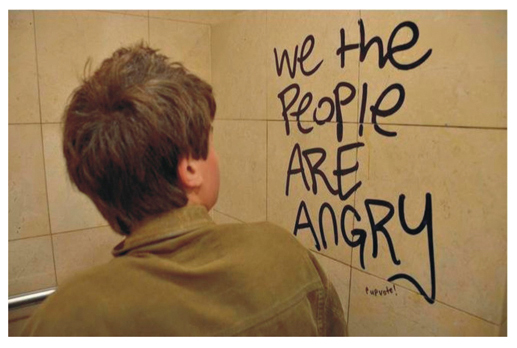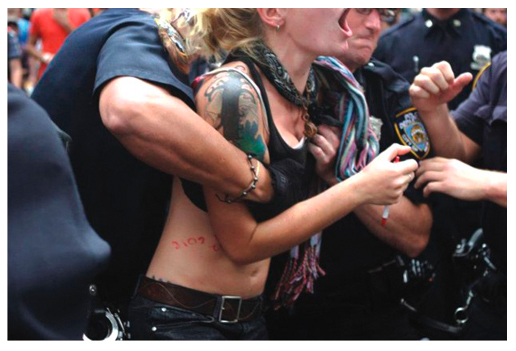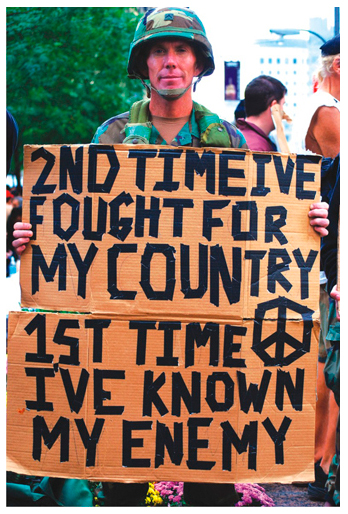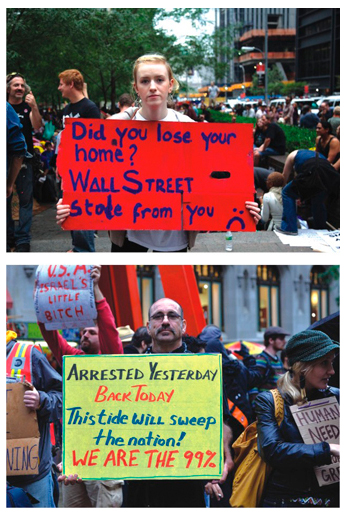- Publisher's Note
- Editorial
- In Conversation with Kanishka Raja
- Definitional Lack in an Inclusive World: Cutting Edge as Responsible Art
- Democratization Through Cutting Edge Art
- Mumbai for Cutting Edge
- Moments in Time (And a Little While After)
- In Transition
- Tip of Our Times
- Srishti School of Art, Design and Technology – A Cradle for Creative Excellence
- Cutting the Edges of Architecture
- Overview Cutting Edge
- The Matter Within: New Contemporary Art of India Featuring Photography, Sculpture and Video
- Generation in Transition: New Art from India
- Indian Master Painters at India Art Festival
- Life, Luxury & the Avant-Garde
- Mother India: The Goddess in Indian Painting
- The Last Harvest: Paintings of Rabindranath Tagore
- Asia Society Museum Presents Exhibition of Rabindranath Tagore's Paintings and Drawings
- Stieglitz and his Artists: Matisse to O'Keeffee
- Beauty of Unguarded Moments
- Across Times, Across Borders: A Report on the Chinese Art Exhibition
- A Summer in Paris
- Random Strokes
- The Emperor’s New Clothes and What It Really Means
- Understanding Versus Adulation
- What Happened and What’s Forthcoming
- Occupy Wall Street, The New Economic Depression And Populist Art
- Unconventional with Witty Undertones
- Narratives of Common Life and Allegorical Tales In Traditional and Modern Forms the Best of Kalighat 'Pats'
- Colours of the Desert
- Unbound
- I Am Here, An Exhibition of Video Self Portraits at Jaaga
- Staging Selves: Power, Performativity & Portraiture
- Venice Biennale Outreach Programme A Circle of Making I and II
- Cartography of Narratives, Contemplations on Time
- Joseph Kosuth: The Mind's Image of Itself #3' A Play of Architecture and the Mind
- Maharaja: Reminiscing the Glorious Past
- Art from Thirteen Asian Nations
- Tibetan Arms and Armor at Metrpolitan Museum of Art
- The Art of Poster Advertisement
- Unusual Angles and Facets of Museum Buildings
- Elegant Fantasies
- Art Collection and Initiatives
- Art Events Kolkata
- Mumbai Art Sighting
- Art Bengaluru
- Musings from Chennai
- Preview
- In the News
ART news & views
Occupy Wall Street, The New Economic Depression And Populist Art
Volume: 4 Issue No: 22 Month: 11 Year: 2011
Culture
by artseek
.jpg) New York. What started as a small, pesky campaign along the marble portals with the granite bull in the background on September 17, had by last month taken a huge turn, spreading not only across the country of its origin that is America, but also across Europe in a word throughout first world countries where the dichotomy of wealth holding has been apparent.
New York. What started as a small, pesky campaign along the marble portals with the granite bull in the background on September 17, had by last month taken a huge turn, spreading not only across the country of its origin that is America, but also across Europe in a word throughout first world countries where the dichotomy of wealth holding has been apparent.
 That in short is the Occupy Wall Street campaign. Last month, Karan Thapar in his India Tonight show on CNBC-TV18 had a whole episode dedicated to this phenomenon, in a discussion with former London School of Economics professor, Meghnad Desai, Washington Post South Asia bureau chief, Simon Denyer and the CEO of the Bombay Stock Exchange, Madhu Kannan. Desai had explained the phenomenon as, “it's hard for someone sitting in India to realize how depressed and oppressed the people feel. There is a lot of unemployment, credits have dried up, growth rate is very low, and people have to revise a lifetime expectations as to what their life is going to be like, when recovery is going to come in Greece, there are serious protests about austerity, and I think these various protests have now somehow got linked. But I would say that even now, the lack of focus, the protest was not as big as against, say, Iraq War or against the Vietnam War. So we are still waiting for these protests to collate and grow in size.”
That in short is the Occupy Wall Street campaign. Last month, Karan Thapar in his India Tonight show on CNBC-TV18 had a whole episode dedicated to this phenomenon, in a discussion with former London School of Economics professor, Meghnad Desai, Washington Post South Asia bureau chief, Simon Denyer and the CEO of the Bombay Stock Exchange, Madhu Kannan. Desai had explained the phenomenon as, “it's hard for someone sitting in India to realize how depressed and oppressed the people feel. There is a lot of unemployment, credits have dried up, growth rate is very low, and people have to revise a lifetime expectations as to what their life is going to be like, when recovery is going to come in Greece, there are serious protests about austerity, and I think these various protests have now somehow got linked. But I would say that even now, the lack of focus, the protest was not as big as against, say, Iraq War or against the Vietnam War. So we are still waiting for these protests to collate and grow in size.”
 What Desai was trying to say was that in first world countries, including America, there is a huge gap between the haves and the have-nots, and the gap is increasing by the day. That, along with the new economic crunch that is sweeping the stock exchanges throughout the world, resulting in the loss of jobs, increment in credit and the load of loans on individuals have resulted in a sort of breaking point, where people across the society have come out in protest against the mainly capitalist attitude of the government.
What Desai was trying to say was that in first world countries, including America, there is a huge gap between the haves and the have-nots, and the gap is increasing by the day. That, along with the new economic crunch that is sweeping the stock exchanges throughout the world, resulting in the loss of jobs, increment in credit and the load of loans on individuals have resulted in a sort of breaking point, where people across the society have come out in protest against the mainly capitalist attitude of the government.
 Wall Street, where it all began is actually just a symbol the ultimate symbol of capitalist market economy. Denyer, in the interview with Thapar gave the American perspective“there is something in common with a lot of those grievances which is the feeling that big business is controlling the political process in America, that the banks got away scot-free from the holes of financial crisis, there's been a big feeling there that millionaires aren't being taxed as much…. so yes, it has drawn in a lot of different issues around the world. The question though is can the movement formulate a list of demands, and if they did so, would it then remain as popular if it had to crystallize as all of those different views down into a simple set of demand. That I think will be quite a challenge for the moment as it grows up.”
Wall Street, where it all began is actually just a symbol the ultimate symbol of capitalist market economy. Denyer, in the interview with Thapar gave the American perspective“there is something in common with a lot of those grievances which is the feeling that big business is controlling the political process in America, that the banks got away scot-free from the holes of financial crisis, there's been a big feeling there that millionaires aren't being taxed as much…. so yes, it has drawn in a lot of different issues around the world. The question though is can the movement formulate a list of demands, and if they did so, would it then remain as popular if it had to crystallize as all of those different views down into a simple set of demand. That I think will be quite a challenge for the moment as it grows up.”
If the movement actually succeeds in crystallizing a set of rational demands is there to be seen, but what it has already thrown up though is a very potent mode of communicationby which it has spread so fast in different countries. Brooklyn Street Art defined this phenomenon in the following terms:
 “Using D.I.Y signage, social media savvy, and a fair amount of street theatre, their message has been making it's way far beyond the cavernous streets of the best know banking district in the country. Fortified with a heavy contingency of uniformed and plain clothed officers with cameras and weapons at the ready, Wall Street became an iron clad citadel 10 years ago, an impenetrable marble and concrete castle to capital where tourists waddle and traders race daily past the steps on which George Washington took his oath of office. The stock market is here, the Federal Reserve, and so are all the banks.
“Using D.I.Y signage, social media savvy, and a fair amount of street theatre, their message has been making it's way far beyond the cavernous streets of the best know banking district in the country. Fortified with a heavy contingency of uniformed and plain clothed officers with cameras and weapons at the ready, Wall Street became an iron clad citadel 10 years ago, an impenetrable marble and concrete castle to capital where tourists waddle and traders race daily past the steps on which George Washington took his oath of office. The stock market is here, the Federal Reserve, and so are all the banks.
It's understandable that a generation with bad prospects of finding work, saddled with high debt for their education and living with parents who are at their wits-end because of underwater mortgages, loss of health insurance and disappearing retirements would now fix their gaze upon the root causes of this permanent insecurity. In many people's minds the class warfare has been in full effect for a while and these folks are now wondering about those basic tenets of free speech and right to assemble that Americans of previous generations fought to maintain, guaranteed by the constitution. As corporations continue to gain rights and citizens continue to cede them, these demonstrators say they feel like they have nothing to lose, except their entire country.”
 Occupy Wall Street has almost unknowingly given a new definition to populist artbe it postering, body art, street art, graffiti or street theatre. The protesters have as far as photographs go at least on one instance gone semi-naked, with the words, I said listen, not look written in bold type on the cardboard signage carried by the protestor. Graffiti, which has been a tradition with the subterranean culture in the U.S., has become mainstream, with protestors using the marble portals of Wall Street to voice their discontent. Protestors are using their semi-naked body as a canvas for writing slogans, street theatres are being organised at a place where such things have never ever happened. All this is dovetailing into a worldwide campaign against capitalist corruption.
Occupy Wall Street has almost unknowingly given a new definition to populist artbe it postering, body art, street art, graffiti or street theatre. The protesters have as far as photographs go at least on one instance gone semi-naked, with the words, I said listen, not look written in bold type on the cardboard signage carried by the protestor. Graffiti, which has been a tradition with the subterranean culture in the U.S., has become mainstream, with protestors using the marble portals of Wall Street to voice their discontent. Protestors are using their semi-naked body as a canvas for writing slogans, street theatres are being organised at a place where such things have never ever happened. All this is dovetailing into a worldwide campaign against capitalist corruption.
However, if all that translates into a charter of practical and rational economic demands is yet to be seen.